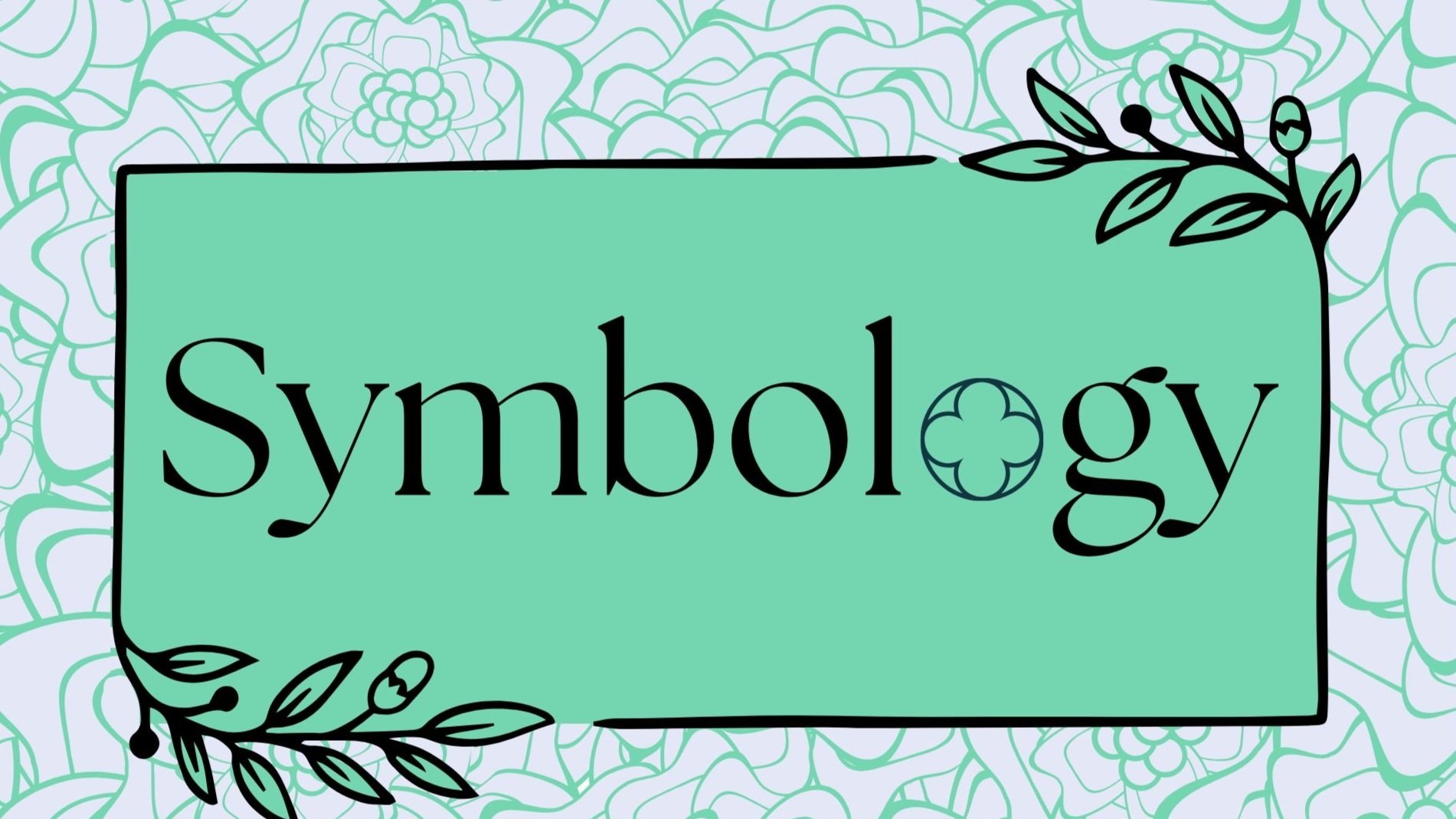
Two Perspectives, One Creation
How Meaning and Design Meet in Our Symbology Line
When my husband and I create pieces for our Symbology line, it feels like two entirely different worlds coming together to birth something unified. To me, each piece is a portal, a thread tying us back to something ancient, esoteric, and layered with meaning. Every symbol has its roots in human longing, history, and the search for connection. But for my husband, the process is less about chasing the "why" and more about honoring the "what."
He doesn't need the story behind the Tree of Life or the infinite circles. For him, it's about the texture, the curve, the feel of the design beneath his hands—a visceral, tactile process that brings the symbol to life in a completely different way.
In many ways, our differing approaches mirror the connection between form and essence. My role is to uncover the deepest truths and to ask the endless questions, "What does this symbol mean? Where does it come from? How has it guided humanity through the ages?"
I want to weave in myth, history, and philosophy so that the piece carries the weight of all that it represents. To me, every charm, every carving, every design feels sacred, as though it holds the power to connect the wearer to something greater than themselves.
But James, my husband, approaches our work from a simpler, almost primal place. He is drawn to the shape, the balance, the art of the object itself. His workbench is a place of quiet focus, where he carves and refines, not because he's thinking about the philosophical depth of the symbol but because the lines feel right. The symmetry or asymmetry speaks to him in a way that doesn't need words.
At first, I envied his approach. It seemed so pure, so unburdened by layers of meaning or existential questions. Where I tend to live in the abstract and unseen—searching for the threads that connect past, present, and future—he is deeply grounded in the act of creation itself. His simplicity felt like freedom, a direct way of engaging with the world that I often miss when I’m caught up in chasing the "why."
But then I realized that his way of creating holds its own kind of profound truth. It reminded me of a lesson I’ve come to learn again and again: the simplest truths are often the most profound. There’s a beauty in just allowing something to be what it is. Not everything has to be dissected or weighed down with meaning. Sometimes, it’s enough to trust the process—to let your hands guide you without your mind getting in the way.
And maybe that’s the point of the Symbology line. It exists in the tension between meaning and form, between the spiritual and the tangible, between what we think and what we feel. The pieces we create carry both our energies—my yearning for the unseen and his devotion to the seen. They are both art and message, physical and symbolic.
As I write this, I think about how much our partnership reflects the symbols we create. I bring the labyrinths of thought, the spirals of connection. He brings the groundedness, the beauty of simplicity. Together, we meet in the center, where meaning and design are no longer separate, but two expressions of the same truth.
In the end, I don’t envy his simplicity anymore. I admire it. I learn from it. And I see how it mirrors the simplicity of the symbols themselves, where even the smallest curve or line can carry the weight of the infinite. What we’ve created together is not just a collection of pieces—it’s a reflection of us, of the balance between complexity and clarity, of the union between what we search for and what we already know.
Maybe that’s the real meaning of the Tree of Life. It’s not just the roots and the branches, the meaning or the design. It’s the whole tree, alive, reaching, and complete—just as it is.
When he carved the Tree of Life, for example, I marveled at the way he would return to it, not because he wanted to "complete" it, but because it was a process he loved. The wax sculpture took over a year, and in that time, he never rushed it or overthought it. Each curve of the branches and each texture of the bark emerged through patience and instinct. For James, it wasn’t about whether the tree symbolized connection, growth, or the interwoven nature of life. It was about the feel of the piece in his hands, the way the texture emerged as though it was already alive within the wax, waiting for him to uncover it.

